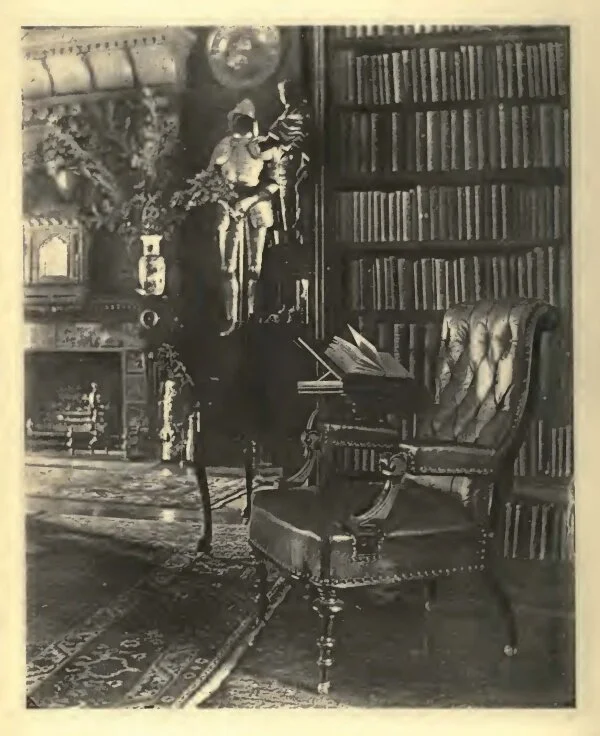(Receive our blog posts in your email by clicking here. If the author links in this post are broken, please visit our Free PDF Library and click on the author’s page directly.)
As we approach 10,000 separate works available to read for free online at Log College Press, we wish to keep our readers apprised of some recently-added highlights.
Caleb Cook Baldwin (1820-1911) and his wife Harriet Fairchild Baldwin (1826-1896) were American Presbyterian missionaries to China. Together they served Chinese Christians for almost five decades, and translated much of the Bible into the Fuzhou (Foochow) dialect. Mrs. Baldwin’s poems were published posthumously, and her pencil sketches are a joy to behold.
John Armor Bingham (1815-1900) was a friend of Titus Basfield (whose correspondence was destroyed sadly in the 1990s). He is known to history as a lawyer who participated in the trial of the conspirators involved in the assassination of Abraham Lincoln, a prosecutor in the impeachment trial of Andrew Johnson, and as the primary author of the Fourteenth Amendment to the U.S. Constitution.
Alexander Latimer Blackford (1829-1890) was an American Presbyterian missionary and the first moderator of the Presbyterian Church of Brazil.
Amos Dresser (1812-1904) was a Presbyterian minister, abolitionist and pacifist. He was once publicly beaten in Tennessee for carrying abolitionist literature and advocating their contents, a story recounted in his famous Narrative.
Edward Payson Durant (1831-1892) was a ruling elder to whom A.A. Hodge gives credit for inspiring Hodge to write his commentary on the Westminster Confession of Faith.
Mary Augusta McConnell Palmer (1822-1888) was the wife of Benjamin Morgan Palmer.
Elizabeth Lee Allen Smith (1817-1898) was the wife and biographer of Henry Boynton Smith. She is also known for her hymn translations, including that of I Greet Thee Who My Sure Redeemer Art, attributed sometimes to John Calvin (this attribution is disputed).
Lewis French Stearns (1847-1892) was the son of Jonathan French Stearns. Lewis served as a professor at Bangor Theological Seminary in Maine, and was greatly mourned when he died in his early 50s.
Hermann Warszawiak (1865-1921) was a born a Polish Jew, but after his conversion to Christ, his heart was set on missions to the Jews who lived in New York City.
Loyal Young (1806-1890) and Watson Johnston Young (1838-1919) were father and son Presbyterian ministers. Samuel Hall Young, the famous missionary to Alaska, was another son of Loyal Young. Loyal’s commentary on Ecclesiastes was a noteworthy contribution to Biblical exegesis. Both Loyal and Watson were poets as well.
Many additional writings by Lyman Hotchkiss Atwater, Albert Barnes, Francis Landey Patton, Henry Boynton Smith, and others have been added in recent weeks as well.
As always, we are grateful for the suggestions of our readers for people and works to add to the site. And as Log College Press continues to grow, keep checking back to see what’s new. Tolle lege!









![Map of the Synod of Appalachia from E.M. Craig, Highways and Byways of Appalachia (1927) [a book not yet available to read on LCP].](https://images.squarespace-cdn.com/content/v1/590be125ff7c502a07752a5b/1610072862405-JSAIANSL0ZKBHUC088PC/Map+of+the+Synod+of+Appalachia+smaller.jpg)




















